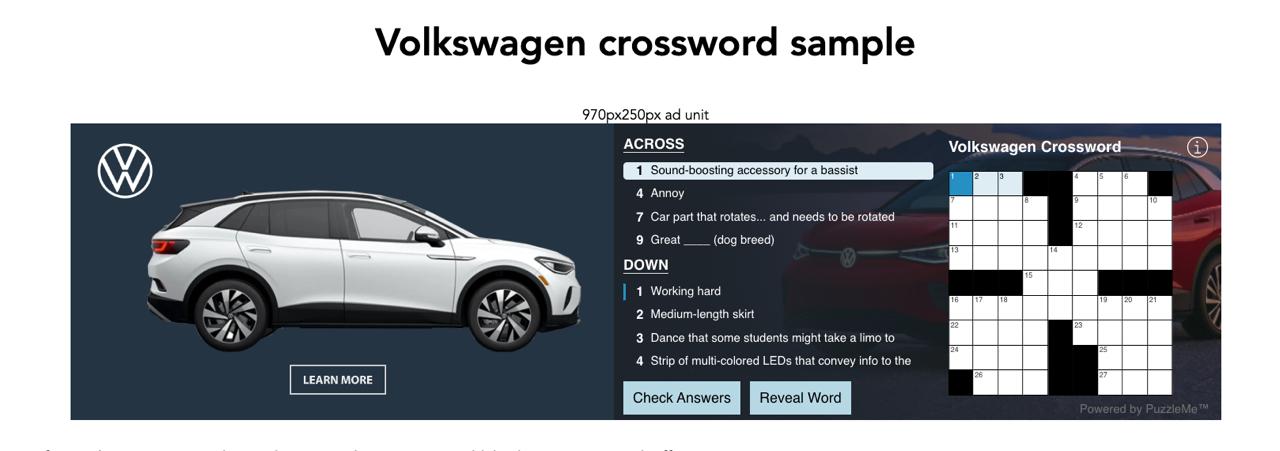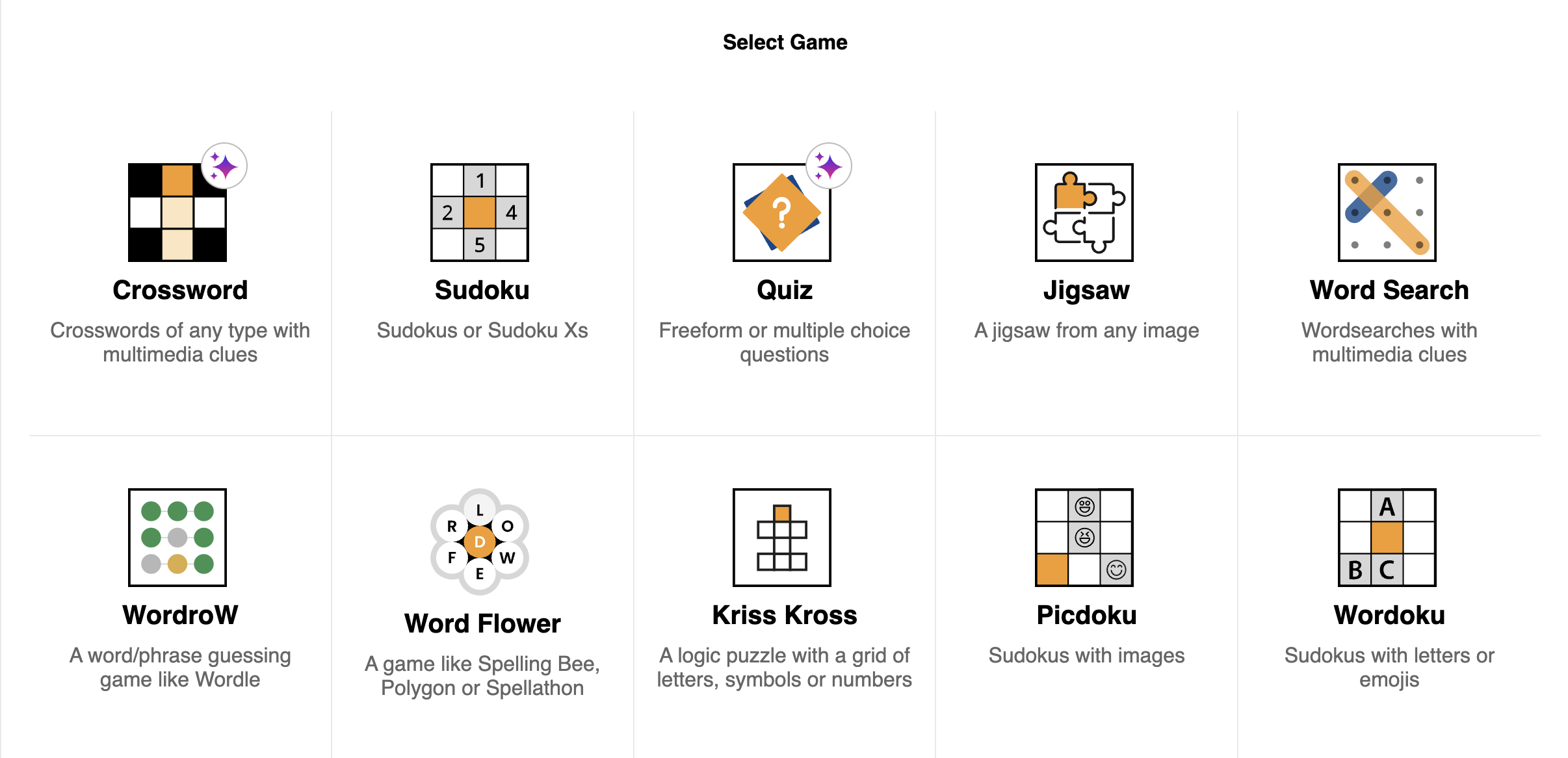Ever caught yourself playing a quick game on your phone while waiting in line, only to realize you’ve just learned about a new product? Welcome to the world of gamification for sales. It’s not just about making your sales team training fun but it’s about making selling fun!
So, what exactly is gamification for sales? Imagine taking all the elements that make games addictive – the challenges, the rewards, the sense of achievement – and cleverly weaving them into your sales. Gamifying sales is a digital interactive strategy that captivates your audience, educates them, and gently guides them toward a purchase.
More than just fun, we’re excited for the potential of these games to kickstart conversations, deepen connections, and open fresh avenues for knowledge and opportunities for our members
LinkedIn spokesperson
The best part? It works. According to recent research, Gamification has been shown to increase customer acquisitions by as much as 700%. In a world where attention is the new currency, games are like a magnet for customer engagement. They’re not just seeing your product; they’re interacting with it, learning about it, and forming a connection – exactly what sales is all about.
Ready to explore how you can turn your sales strategy into a game your customers will love? Let’s dive right in!
Why Gamification for Sales?
 You might be thinking, why does gamification work better than traditional methods? That is because games trigger a cocktail of feel-good chemicals in our brains. Dopamine spikes when we solve a challenge or earn a reward, creating a sense of achievement that keeps us coming back for more.
You might be thinking, why does gamification work better than traditional methods? That is because games trigger a cocktail of feel-good chemicals in our brains. Dopamine spikes when we solve a challenge or earn a reward, creating a sense of achievement that keeps us coming back for more.
Additionally, Games create a space where consumers can interact with products in a low-pressure, enjoyable environment. This is where the magic happens – the formation of emotional connections.
When a game is entertaining, it creates positive emotions. When that game is linked to a product, those good feelings transfer over. Suddenly, that product isn’t just another item on a shelf; it’s associated with the player’s fun, accomplishment, and positive experiences.
By understanding and leveraging these psychological and emotional aspects, marketers can craft game-based strategies that not only entertain but also effectively showcase products, build brand loyalty, and ultimately drive sales in an increasingly competitive marketplace.
Types of Games for Product Sales
Effective game-based sales strategies employ a variety of game types, each offering unique advantages for engaging consumers and promoting products. Here are some popular options:
Puzzle Games
Puzzle games like crosswords, word searches, and sudoku can be customized to incorporate product-related themes or information. They are a very powerful tool for gamification for sales. These games can also be turned into gamified ads that challenge players’ problem-solving skills while subtly introducing product features or brand messaging.
Example: An automobile brand creates a crossword puzzle where some clues relate to cars, educating consumers about their product line. Try it yourself!
 Quizzes and Trivia
Quizzes and Trivia
These games test and expand consumers’ knowledge about products, industries, or related topics. They’re excellent for educational marketing and can quickly go viral on social media attracting engaged customers.
Example: A hotel chain develops a quiz to test users’ knowledge of different foods, highlight their menu, and provide a fun way to explore dining options.
 Interactive Product Demos
Interactive Product Demos
These games allow potential customers to virtually experience products before purchasing. They’re particularly effective for complex or high-involvement products.
Example: A message-automating business creates a story-driven product demo where the prospects can see how to use their service to automate processes. Read examples here.
Augmented Reality Experiences
AR games blend digital elements with the real world, creating immersive experiences that showcase products in users’ own environments. This helps the customer imagine their life with the product, leading to greater chances of purchase. AR games open an entire sub-field of gamification for sales.
Example: A furniture retailer develops an AR app that lets users place virtual furniture in their homes, gamifying the process with challenges or rewards.
Social Media Challenges
These viral, shareable games or contests encourage user participation and content creation, amplifying brand reach through social networks. In the age of the internet, social media challenges are a popular way to gamify sales.
Example: Apple launched the #shotoniphone challenge on social media, gamifying daily photography and encouraging participants to share their art. The campaign contributed to increased sales of the iPhone 6s, particularly among the target audience (source).
View this post on Instagram
Each of these game types offers unique opportunities to engage consumers, educate them about products, and create memorable brand experiences. The key is selecting the game type that best aligns with your product, target audience, and sales objectives.
Implementing Gamification for Sales
Ideas and visions are great, but the real goal is flawless execution. Here are some key elements to keep in mind while gamifying your sales!
Choosing the Right Game Type for Your Product
 Select a game format that aligns with your product and target audience. Consider:
Select a game format that aligns with your product and target audience. Consider:
- Product Complexity
- Target demographic preferences
- Brand personality
- Sales message
For example, a puzzle game might work well for a news app, while an AR experience could be ideal for a furniture retailer.
Ensuring Accessibility Across Platforms
Optimize your game for various devices and platforms to maximize reach and success for your gamification for sales. Consider:
- Mobile responsiveness
- Browser compatibility
- Load times and performance
- User interface adaptability
A seamless, accessible experience ensures broader participation and engagement. This can be achieved through careful selection of the software used to create and embed the game. Softwares like Puzzlme help ensure smooth experience on every device. Read about it here!
Incorporating Call-to-Actions and Purchase Opportunities
Strategically place CTAs and purchase options within the game flow. These could include:
- “Learn More”/ “Buy Now” buttons linking to product pages
- Reward redemption for real products
- Exclusive offers for game completion
Ensure these elements enhance rather than disrupt the gaming experience. By following these implementation strategies, you can create a game-based sales initiative that not only engages your audience but also effectively drives product awareness and sales.
Measuring the Success
To ensure your game-based sales efforts are delivering results, it’s crucial to implement robust measurement and analysis practices. Here’s how to effectively gauge the success of your strategies:
Key Performance Indicators (KPIs)
Monitor these essential metrics to evaluate your gamification for sales strategy performance: These KPIs fall into three main categories: engagement, marketing, and sales.
- Engagement metrics provide insights into player behavior and include the number of players, average session duration, return rate, and completion rate. These indicators help you understand how captivating and sticky your game is.
- Marketing metrics measure the broader impact of your game on brand perception and product awareness. Keep an eye on brand awareness lift, increases in product knowledge among players, and the game’s virality through social shares.
- Finally, sales metrics directly tie your game’s performance to business outcomes. Track the click-through rate from your game to product pages, the conversion rate of players into customers, the revenue generated from game-driven sales, and the overall return on investment (ROI) of your gamification strategy.
Tools for Analysis
 Leverage these tools to gather and interpret data:
Leverage these tools to gather and interpret data:
- Game Analytics Platforms: Use specialized software with built-in user tracking to track in-game behavior and performance metrics.
- Web Analytics: Implement tools like Google Analytics to monitor traffic from your game to your website or product pages.
- CRM Integration: Connect your game data with your Customer Relationship Management system to track long-term impact on customer behavior and loyalty.
- Heat Mapping Tools: Visualize user interactions within your game to identify areas of high engagement or potential improvement.
Gamify Sales Today
As we’ve explored throughout this guide, gamification for sales presents a powerful and innovative approach to product sales.
As you consider incorporating gamification into your sales strategy, remember that you don’t have to start from scratch. PuzzleMe offers a versatile platform that can help you quickly and easily implement engaging puzzle-based sales campaigns.
Ready to take your sales strategy to the next level? Let’s turn your sales strategy into a game everyone wants to play!
- How to Start Your Own Jigsaw Puzzle Blog - April 16, 2025
- How to Host a Jigsaw Puzzle Competition Online - March 20, 2025
- Add Games to Squarespace: All You Need to Know - January 9, 2025